Interview by SARA SCIALPI — Artworks by GORDON HOLDEN
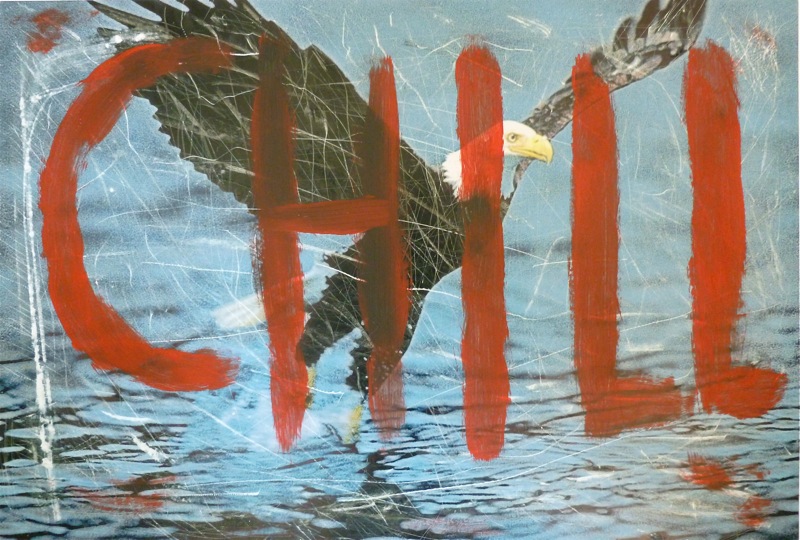
When I tell him that he’s definitely the kind of artist of his time, he replies that it’s a very flattering and inspiring thing to say. We talk about the summer which is gone, exotic holidays and Provincetown, where he’s staying at the moment, where pilgrims first landed, and where supposedly Kerouac and Ginsberg lived for a bit. To feed you more details, Gordon Holden’s favourite color is blue and he lives on the internet – that’s what he sardonically declares when we discuss the tricky nature of interviews, and I confess that I’m overwhelmed by the miscellaneous verve of his works. Gordon’s affection for contemporary American culture flows into an energetic, often humorous visual analysis of its pop icons and obsessions, its long-lost dreams and consumerist frenzy, its contradictions and weirdness in all possible shapes. He never loses that indispensable cynicism in the process, the interest for human behaviour (above all) is never nicked: it might confuse you at first, it might leave you disoriented, even make you frown. But you’ll never sit by half-hearted. Our conversation goes on; selfies, Michelangelo, NASA scandals and Andy Warhol. It’s all mentioned below.
SARA S. — ‘All of us engage in irrational behaviour from time to time’: would this statement be enough to sum up your body of work? Although I’ve seen you tend to divide it in sections, the linking thread seems to be a passion for raw and deliberate randomness.
GORDON H. — Yes, I think that statement could sum up my work. Because regardless of what I say, the viewer will probably assign meaning to it one way or another. Irrational is only something that is not understood yet. It’s like jazz. And I always have so much to say, just never enough words to explain it. I think it’s good to have some sort of order even if that order is a bit chaotic. It’s not so much deliberate as it’s more intuitive. ‘Passion’ is such a good word. It’s so powerful. I’ve always heard that for every reaction there is an equal and opposite reaction. I can’t determine if that phrase is important or if the person who said it is important.
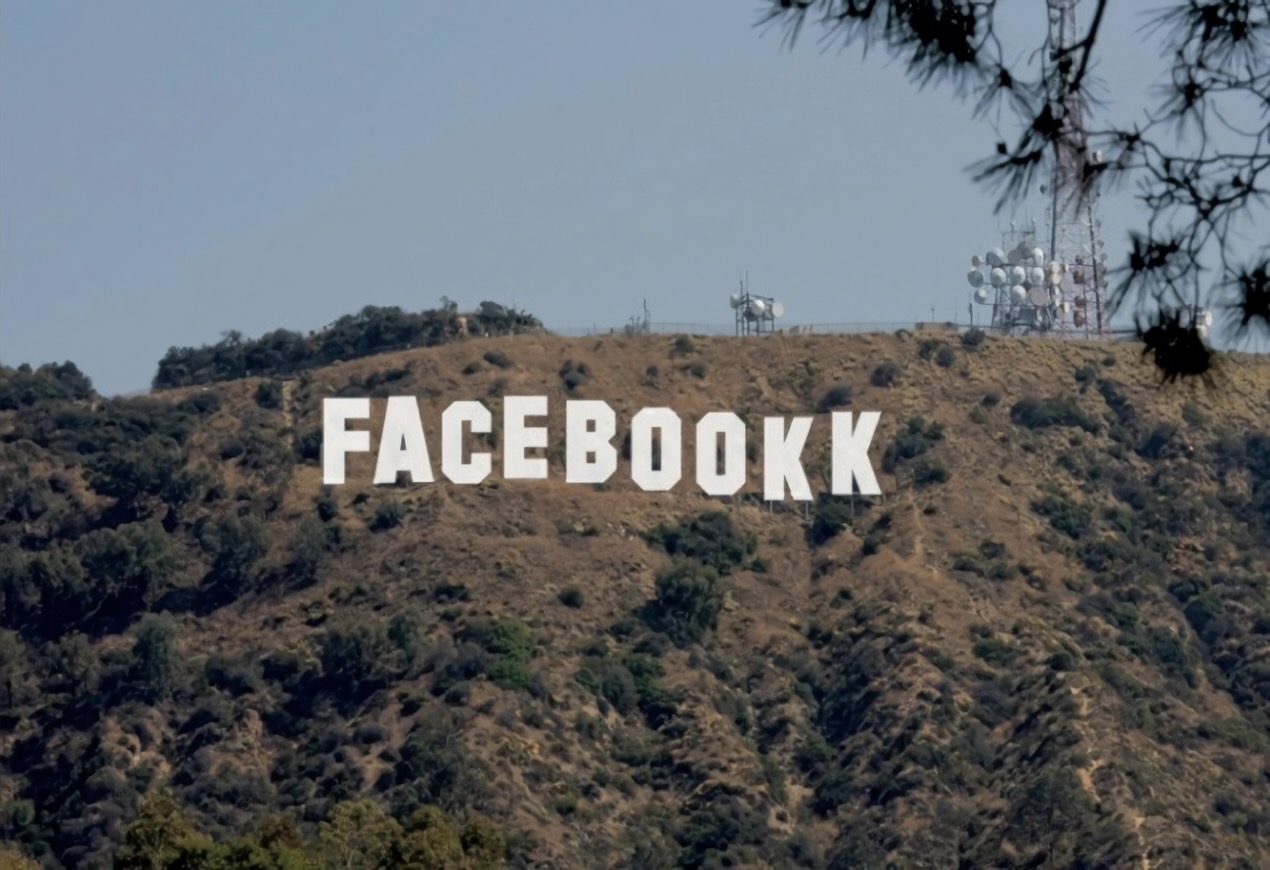
SARA S. — How important is it for you to make things ‘speak’ in your pictures? I’ve seen that you focus quite a bit on logos, neon signs, banners.
GORDON H. — It’s not important that I make things speak. Everything already speaks for itself, it’s the arrangement or the context you place them in that alters what they’re saying. I think to make art you have to see art in things, and point it out. Human communication started with cavemen pointing at things. And in today’s world it’s not so much about talent as it is about style and taste. Style and taste give people their identity. That goes hand in hand with logos and brands. For example you know that jeans are cool. They started becoming cool when cool individuals started wearing them. Now it’s not the jeans themselves that are cool but what you see in the jeans, you see the history of jeans and what they could be on you. So everyone who is walking around in jeans is in a way pretending to be James Dean or Farrah Fawcett.
SARA S. — So, do you think that photography has somehow the potential to filter things through a new light, distort and ultimately alter the messages that these buildings are intended to pass on to us in real life?
GORDON H. — Oh, sure. Everything has potential to do or be something else. Photography is exactly that. It’s pointing the lens at something, clicking a button and calling it something else. I never look at a picture and say: ‘Look at the lighting in this picture, it’s so perfect!’, because that’s so boring and really there’s no such thing as perfect lighting except pitch black.
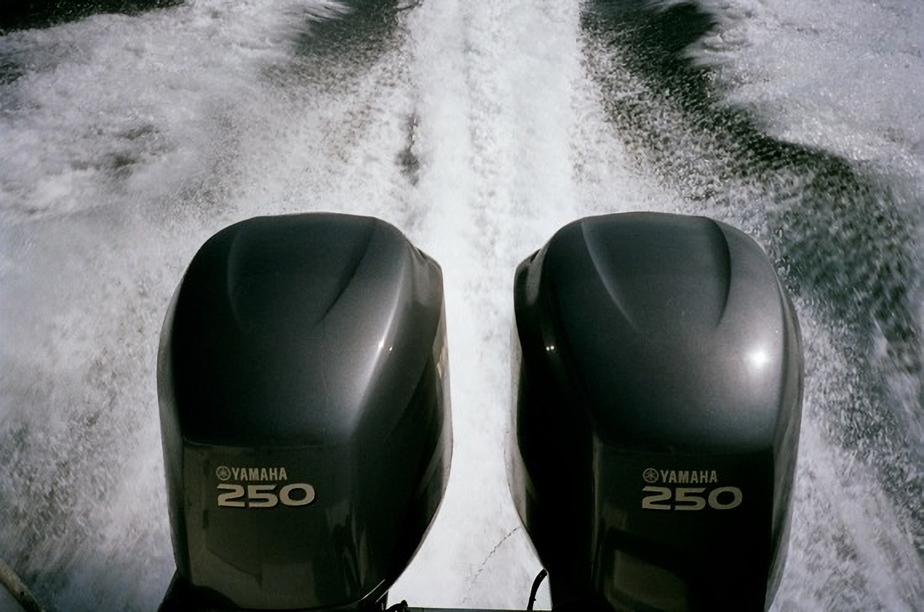
SARA S. — Basically, the subject is as it is in the real world, but once you capture it, is the act of ‘clicking the button’ drenched in humor, or some other kind of feeling that can reverse the sense and meaning of said subject?
GORDON H. — The act of capturing an instance or a moment of time with a click of a button is something Michelangelo or Rembrandt could have never imagined. Some photos are very iconic. And for such a technologically complex artistic practice, with such a simple process to be so accessible… is ironic. It is almost consumer art. With selfie photos being so popular, the idea of a self-portrait prior to camera phones seemed interesting in a mysterious way, now after the fact of camera phones they just seem silly, but still exciting because everyone is a piece of art. It’s like I mentioned earlier, taking a photo is just pointing out what you think is art. And photography, especially digital photography is nice because it takes up very little physical storage space. You know, compared to more tangible art pieces like statues.
SARA S. — ‘Taking a photo is just pointing out what you think is art’ – What’s art to you? Can that be defined, or the possibilities to define it, the ‘borders’ of this concept, change from time to time together with its environment?
GORDON H. — I think art is whatever you want it to be. It’s communication, and communication is very much linked to emotions. It can be anything that provokes a thought or even anything that doesn’t provoke a thought. Ideas are great but that’s all they are until you put them into action, that’s when it becomes art. The best type of art is at first not seen as art because it’s new and ‘new’ confuses people. And if it’s a good idea (which is the art), it challenges the preconceived notion of what is and what isn’t. And that’s exciting too. Because really there is no such thing as art.
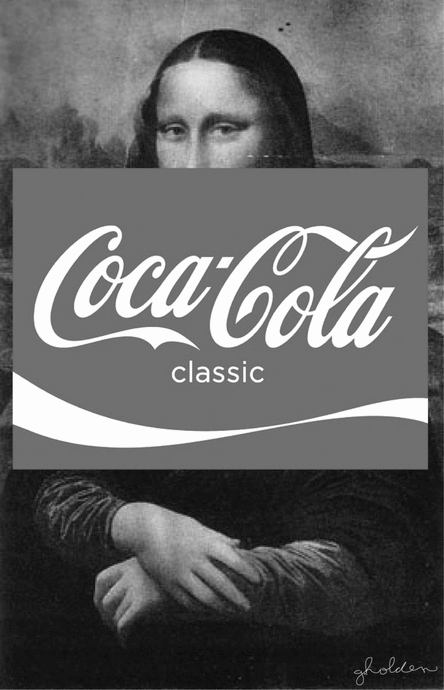
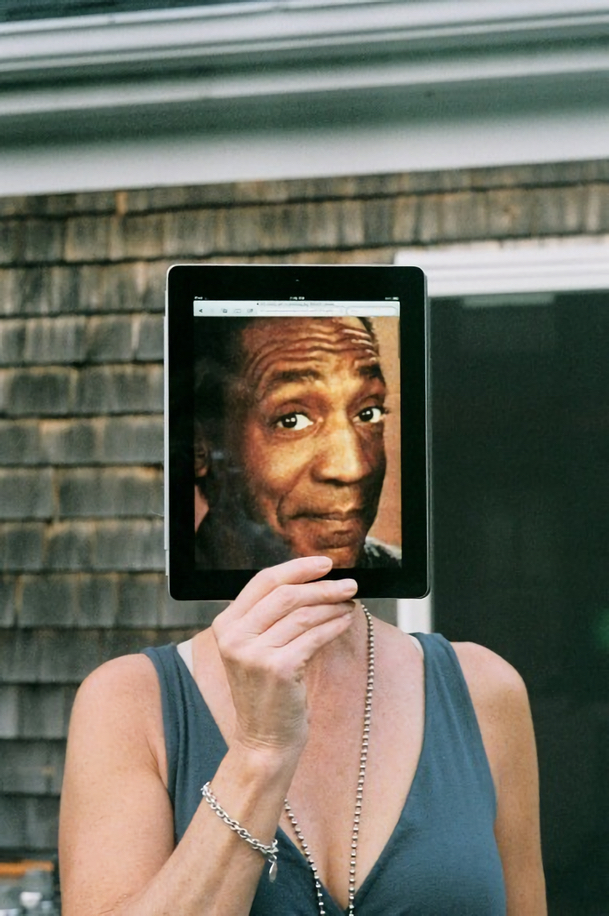
SARA S. — Have you decided on digital photography for your works just because fascinated by its mentioned non-physical nature or…?
GORDON H. — I never decide on things. They just happen. I actually started taking photos initially with film because I was given an old camera. I still do take a lot of photos with film because you never know what you going to get. It’s a surprise and everyone likes surprises. But sometimes there are instances or things that I see that have to be documented, and everyone always has their iPhone on them so it’s kind of born out of convenience.
SARA S. — Are there are any tricks not to fall into redundancy while photographing, in your opinion? You know, because like you said, it’s easy to abuse it these days.
GORDON H. — I don’t think there is a trick to avoid redundancy… It might be a comfort zone thing, some people feel safe doing the same thing over and over. In the end, ‘to each their own’.
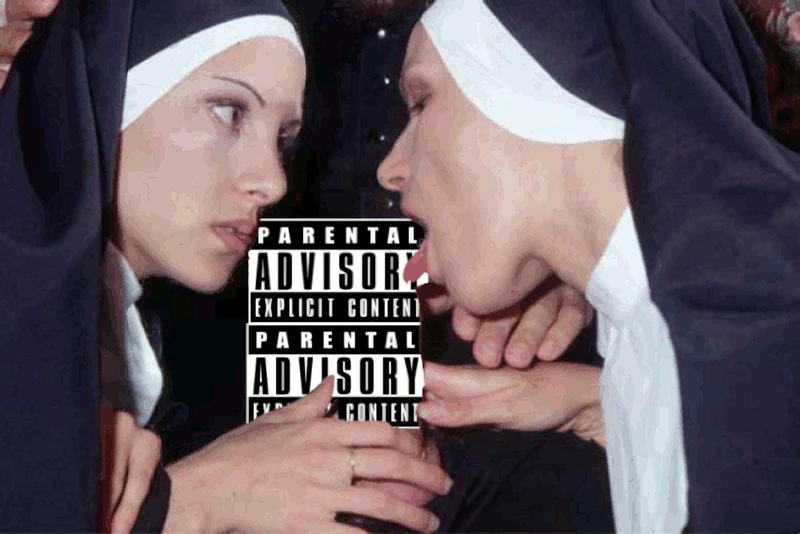
SARA S. — I was very entertained by the merchandise/shop section on your website.
GORDON H. — The shop has been an ongoing platform that has changed its hat a few times. Initially it was just to sell t-shirts, then I became bored with such a practical product and stores wanting to order wholesale shirts and see look-books and line sheets and seasons and all that shit that goes into pushing a clothing brand. So it has evolved into more of a performance piece that still operates as a shop where you can buy things.
SARA S. — The one thing that caught my attention (had me chuckling) was of course the ‘moon rock beach ball’ (which is also the most expensive object in the store). Is there a particular story behind the birth of that one piece?
GORDON H. — The moon rock beach ball was a piece that I wanted to do for quite a long time. It started with an article I read about someone who sold a piece of moon rock on eBay for around $1.7 million to an undercover NASA agent and was arrested after the fact, because it is illegal to sell government property, which pieces of the moon apparently are. I found this piece of moon rock and wanted to hide its appearance in order to sell it. Because when you do something illegal, appearance is everything. Kind of like the plot to this new movie out called ‘We are the Millers’ with Jennifer Aniston. They disguise themselves as a family in order to smuggle drugs across the Mexican border. It was a pretty predictable movie, but I still enjoyed it.
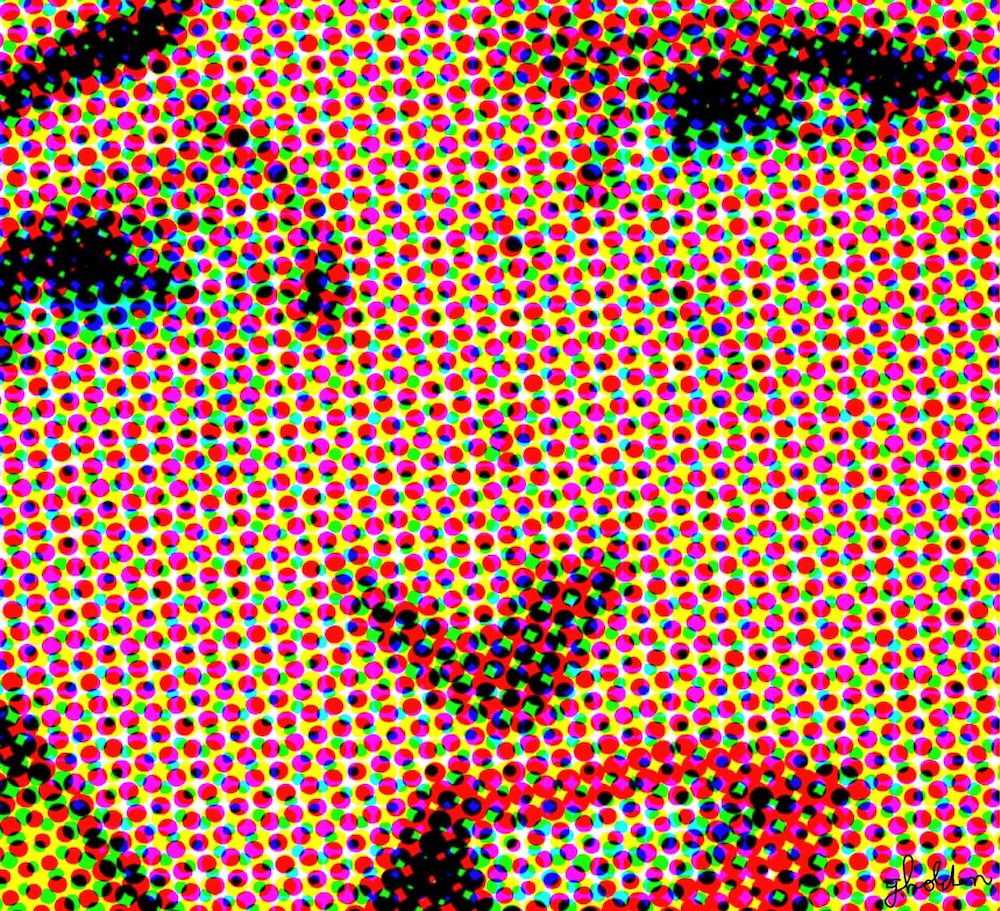
SARA S. — I like how the pictures are arranged on your website. At times it feels like being in a maze, other times it seems more like this huge collage whose glue is sharp irony. We mentioned context earlier. How much weight do you think that this digital kind of showcase has on your works? Because it feels like the website it’s not just a ‘frame for the picture’ in your case, like something that just contains your works, but an additional layer to it.
GORDON H. — I would have to say it means a significant amount considering a majority of my work is made to showcase on the internet. Tangible things are becoming more and more scarce in the digital age, and anything that is tangible is often times mass produced. The place where you experience the image or the piece of art has a major impact on what you think about it and it shapes how your perception. I recently had a woman email me to make an order for 200 of the yellow building bricks (which are $111 a piece). I sent her a price for how much it would be and she was dumbfounded and said that she could make them herself for cheaper. I found the interaction interesting and slightly disheartening because it confirmed the idea of consumer culture. And that a lot of people think in terms of products and stuff and things and disregard the meaning of it all. And I think it’s become safe to say that there are no such thing as people anymore, just consumers.
SARA S. — Mass consumption, mass production, trends, pop culture. You’re generally very much drawn to this kind of topic. So why ‘Warhol sucks’?
GORDON H. — That’s all true. I think I’m very attracted to human interaction and what makes people do the things that they do. I’m drawn to things that seemingly don’t make sense and try to make sense of it. It changes frequently though. Ha, I don’t really think Warhol sucks. I really like his work and what he did. Maybe I’m just jealous that he thought of all those things first. But I suppose if it wasn’t him it would have been someone else. Everyone sees it differently. The idea for that piece you quoted kind of played off one of the first images I made, it was titled ‘Sincerely Cynical’, by doing just the opposite of what it’s suggesting. Contradicting yourself is pretty popular.
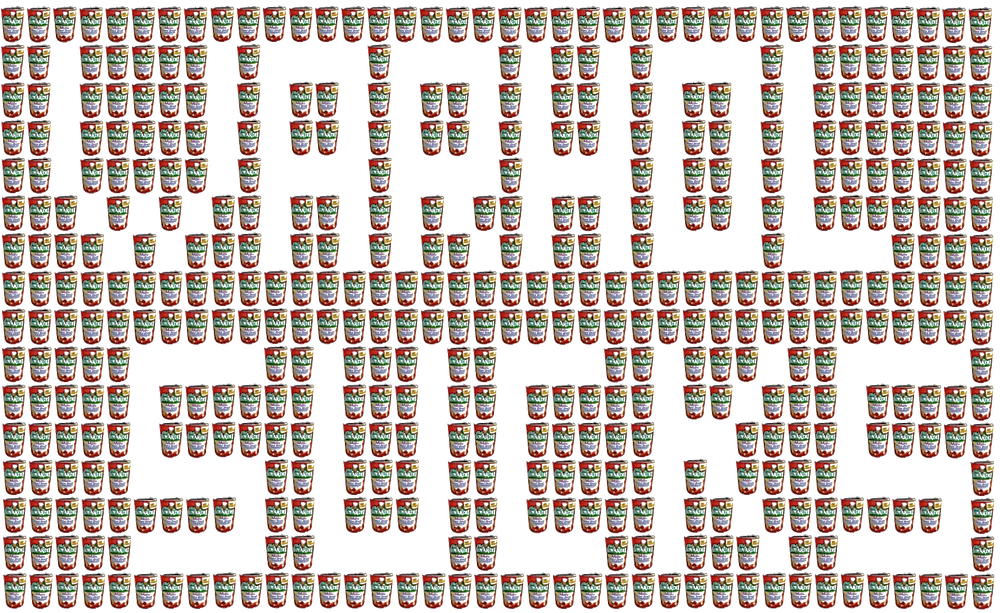
SARA S. — Everyone ends their interviews asking: ‘What will you do next, where do you think you’ll be in five years?’ Your works are very aware of the present, really focused on modern life (even when you manipulate vintage clippings, it has a very ‘today-world’ touch to it), its little details, contradictions. You are ‘the’ artist of your time. How do you think your works would have looked like if you had lived in another – past– time? You mentioned Michelangelo and Rembrandt earlier, but no need to go that far.
GORDON H. — Oh wow, ‘the artist of my time’ is a nice comment. It’s inspiring and I’m flattered by it. I think my works wouldn’t have looked like anything because if the internet wasn’t around I don’t know if I would have been influenced to do what I do. But if I were to take a shot in the dark about a ‘back to the future’ kind of experience in an alternate life, I think I would do a lot of still lifes and work at an ice cream parlour. Everyone including myself would like to know where they will be in the future and the answer is unknown. It is not one decision that shapes your future but hundreds of thousands of little decisions that come to form your future, and that’s what life is, a very long time filled with decisions and none of it can be predicted, only speculated. Although we can only hope for the best and play it safe, it is and always will be very open ended and somewhat mysterious. Kind of like space. I think Carl Sagan once said something to that effect.
gordonholden.com
instagram.com/gordonholdenn
September 2013